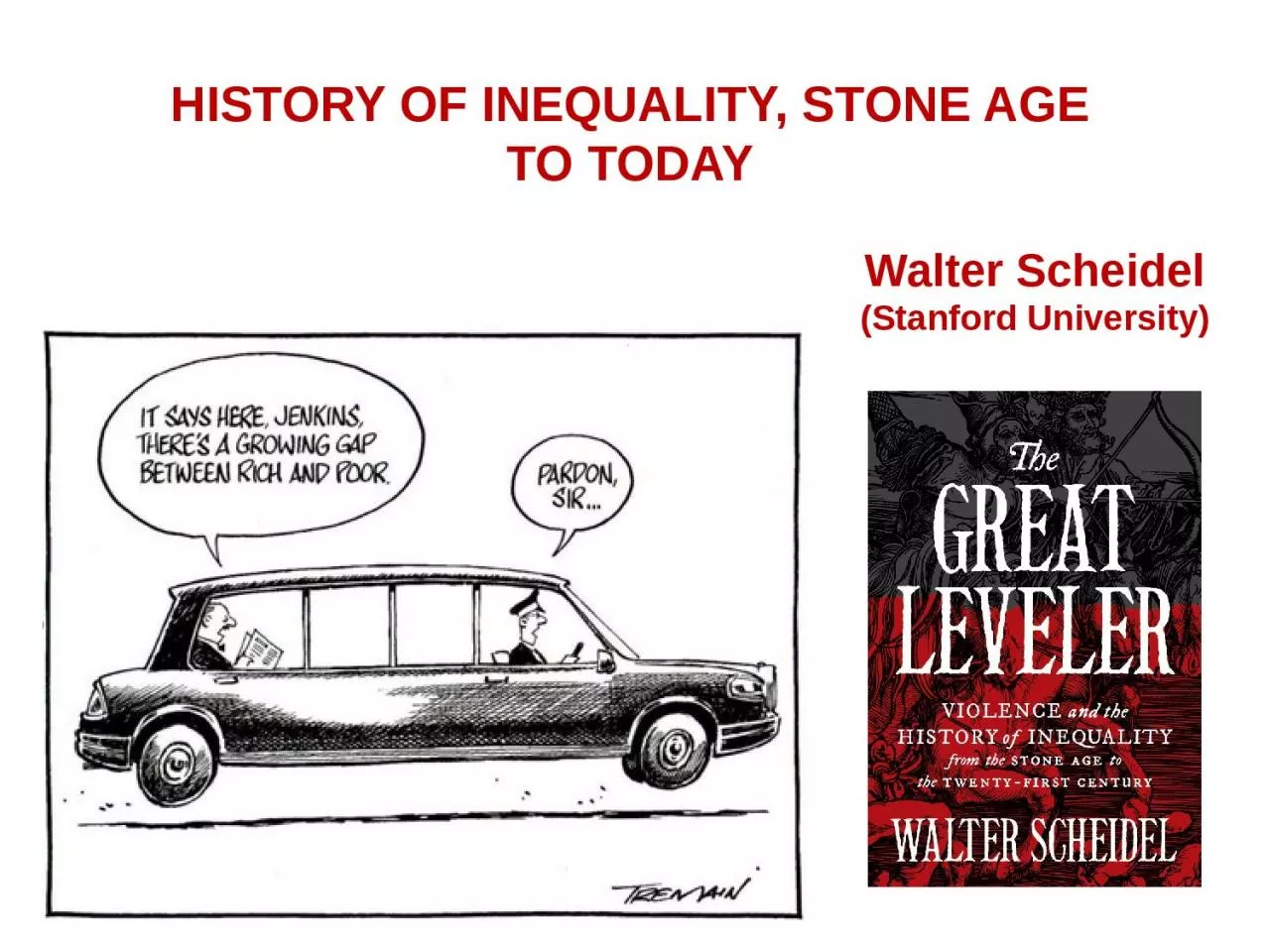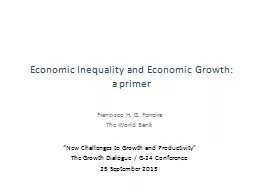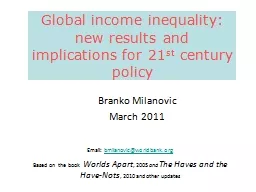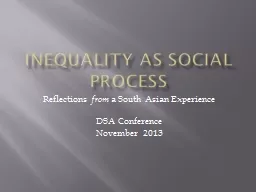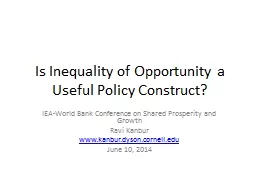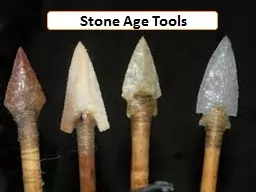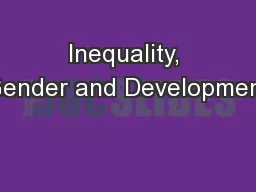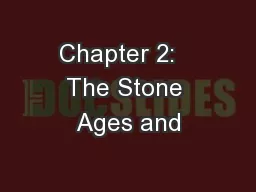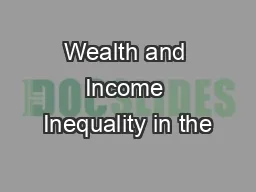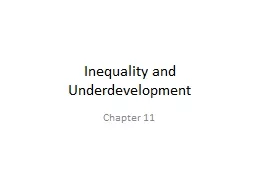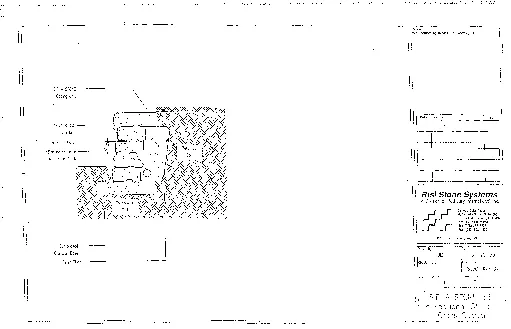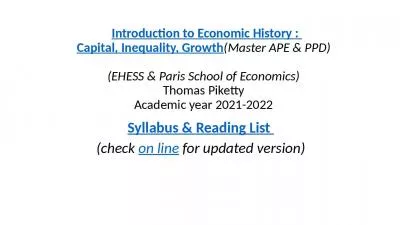PPT-HISTORY OF INEQUALITY, STONE AGE TO TODAY
Author : gabriella | Published Date : 2024-01-13
Walter Scheidel Stanford University Argument Violence has been the single most important means of leveling wealth and income inequality in human history 4 principal
Presentation Embed Code
Download Presentation
Download Presentation The PPT/PDF document "HISTORY OF INEQUALITY, STONE AGE TO TODA..." is the property of its rightful owner. Permission is granted to download and print the materials on this website for personal, non-commercial use only, and to display it on your personal computer provided you do not modify the materials and that you retain all copyright notices contained in the materials. By downloading content from our website, you accept the terms of this agreement.
HISTORY OF INEQUALITY, STONE AGE TO TODAY: Transcript
Download Rules Of Document
"HISTORY OF INEQUALITY, STONE AGE TO TODAY"The content belongs to its owner. You may download and print it for personal use, without modification, and keep all copyright notices. By downloading, you agree to these terms.
Related Documents

